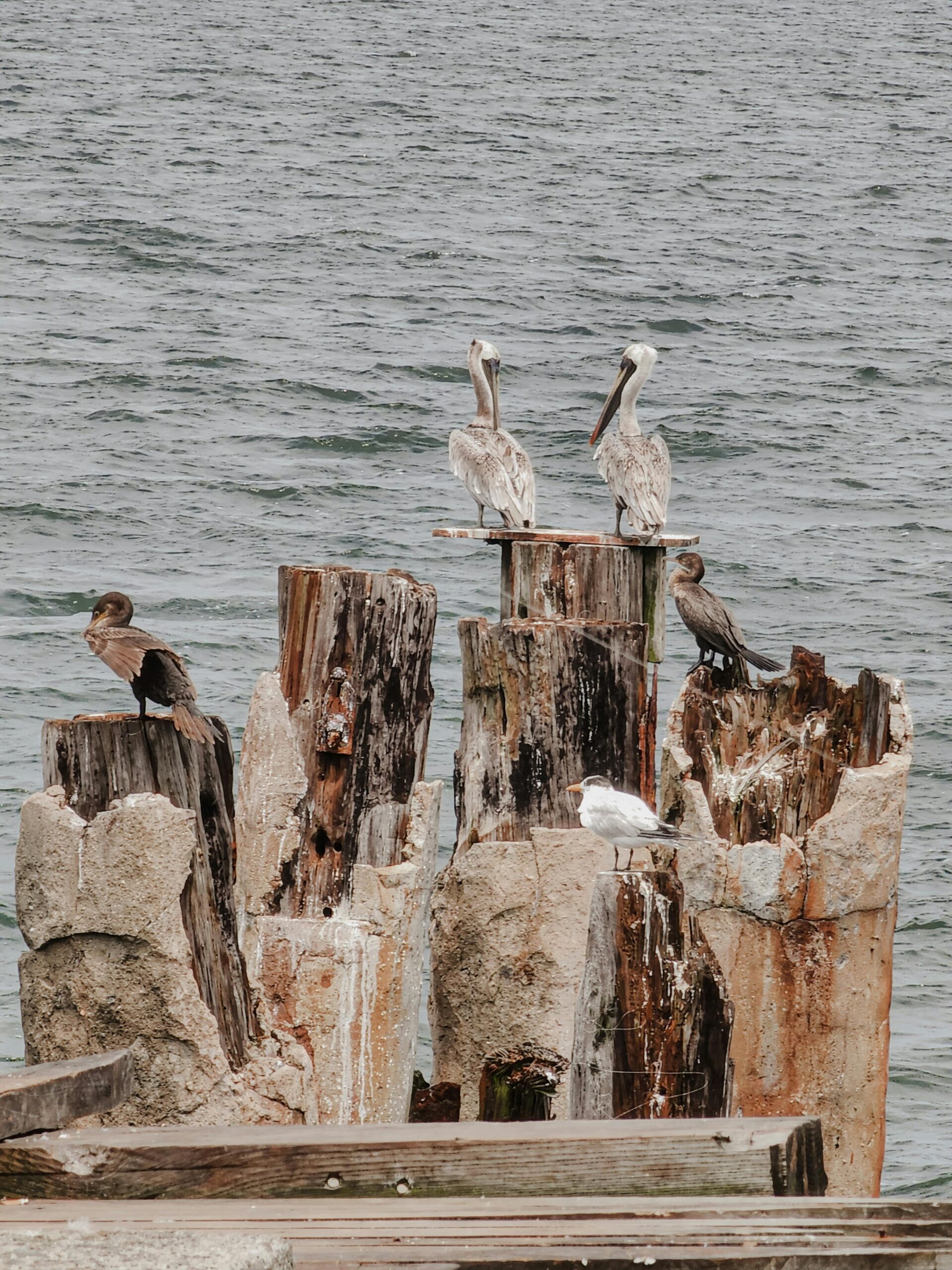Honduras, a vibrant Central American nation, is known not only for its breathtaking landscapes and ancient Mayan ruins but also for its colorful celebrations. The country’s festivals reflect a unique blend of indigenous, African, and Spanish traditions, giving rise to cultural events that are both diverse and deeply rooted in history. From religious ceremonies to national holidays and traditional fairs, Honduran celebrations provide a window into the soul of the nation.
Major Celebrations in Honduras
1. Semana Santa (Holy Week)
One of the most important and widely observed events in Honduras is Semana Santa, or Holy Week. Cities such as Comayagua are especially famous for their vibrant processions and alfombras (sawdust carpets). These carpets, made with dyed sawdust, flowers, and seeds, depict religious and cultural images and are carefully created for the parades that commemorate the Passion of Christ. It’s a week filled with devotion, artistry, and community spirit.
2. Independence Day (September 15th)
Honduras celebrates its independence from Spain every September 15th, alongside other Central American nations. The day is marked by parades, music, dance, and cultural displays. School bands, traditional dances, and flag ceremonies fill the streets, creating a patriotic atmosphere that unites the nation.
3. Feria Juniana (San Pedro Sula Fair)
Held every June in San Pedro Sula, the Feria Juniana is one of the largest celebrations in Honduras. It combines concerts, food fairs, parades, and rodeos, attracting both locals and tourists. This festival reflects the modern, urban culture of Honduras while still embracing traditional roots.
4. Festival de la Virgen de Suyapa (February 3rd)
Dedicated to the patron saint of Honduras, the Virgin of Suyapa, this celebration brings thousands of pilgrims to Tegucigalpa. Pilgrims walk long distances to pay homage, pray, and participate in religious services, highlighting the deep faith of the Honduran people.
5. Garifuna Settlement Day (April 12th)
The Garifuna community, descendants of West African and Indigenous peoples, celebrates their arrival in Honduras in 1797. This vibrant festival includes traditional music like punta, drumming, dancing, and cultural rituals. Garifuna Settlement Day emphasizes the cultural diversity of Honduras and the preservation of ancestral traditions.
6. Carnival in La Ceiba
Known as one of the most energetic celebrations in Central America, the Carnival of La Ceiba honors Saint Isidore the Laborer, the city’s patron saint. The week-long festivities feature colorful floats, parades, music, and dancing in the streets, making it a must-see for visitors.
Cultural Significance
Honduran celebrations are more than just parties—they are expressions of faith, identity, and community. Whether through religious processions, patriotic events, or cultural festivals, Hondurans use these occasions to honor their past, celebrate the present, and pass traditions on to future generations.
Food and Music During Celebrations
Food is at the heart of Honduran festivities. Dishes like baleadas (flour tortillas with beans and cheese), tamales, and sopa de caracol (conch soup) are commonly enjoyed. Music also plays a central role, ranging from traditional Garifuna rhythms to modern reggaeton and Latin pop, ensuring that every celebration is filled with life and energy.
Conclusion
Honduras is a country that embraces joy, tradition, and diversity through its celebrations. Each festival, whether rooted in faith, culture, or history, reflects the resilient spirit of the Honduran people. For visitors, experiencing these events offers not only entertainment but also a deep cultural connection to the nation’s heritage.

